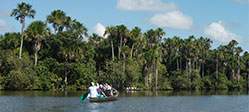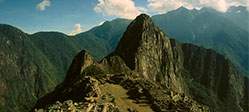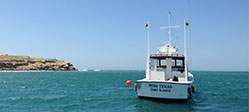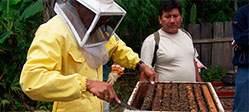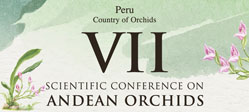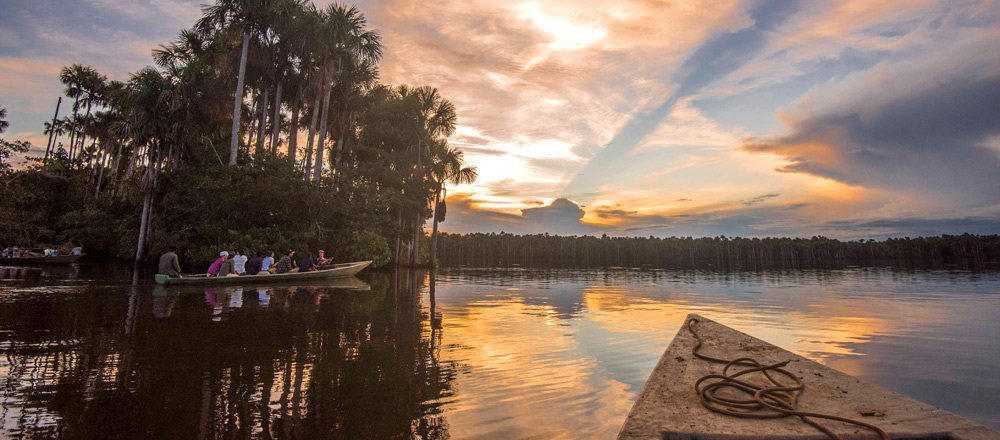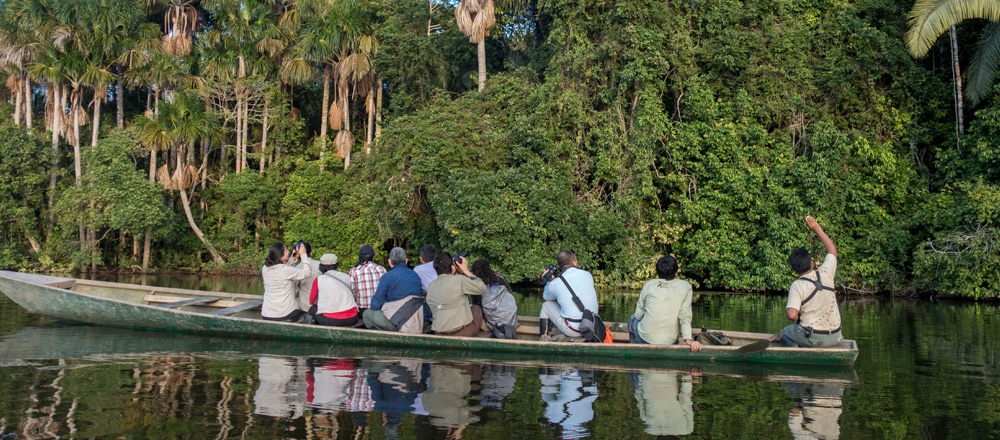Research > Rainforest
SUSTAINABLE LANDSCAPE CORRIDOR
Since the construction of the interoceanic highway in 2010, the regional economy shifted to extractive industries such as livestock, logging, oil exploration and alluvial gold mining. Nowadays, it is esteemed that 49 plant species are threatened due to the surface extension of livestock and mining areas, the latter having grown 916% in the past twenty years. Mostly illegal and unregulated, these extractive activities have devastating consequences over local biodiversity and human populations, including loss of ecosystem connectivity, migration of native cultures and mercury pollution.
Dr. Francisco Dallmeier, Director of the Smithsonian Center for Conservation and Sustainability, uses the analogy of the brain and Alzheimer’s disease to explain the loss of landscape connectivity. Information from the brain travels through the body via the nervous system. When someone suffers from Alzheimer’s, the messages are no longer able to get through and become isolated in the brain. The same thing happens with a depredated forest: connections between ecosystems disappear and the biodiversity becomes isolated, piling up in small areas. Inevitably the biodiversity would then begin to deteriorate as to rapidly disappear.
In order to improve connectivity among landscapes and ecosystems in the Amazon region, as well as land management and the reduction of mercury in water, Inkaterra Asociación NGO has proposed the creation of a 78,756ha sustainable landscape corridor off the Tambopata National Reserve, from the city of Puerto Maldonado along the Madre de Dios River, up to the Peru-Bolivia border.
Sustainable landscape corridors aim to enhance the economic development of local communities through ecotourism and other activities based on the sustainable use of natural resources. Relying on strategic alliances with the U.S. Department of State, the Smithsonian Center for Conservation and Sustainability, the Development Bank of Latin America (CAF), Fondo de las Américas (FONDAM) and other influential organizations, Inkaterra Asociación’s new project aims to stabilize fluctuations in wildlife and assist in repairing habitat fragmentation.





